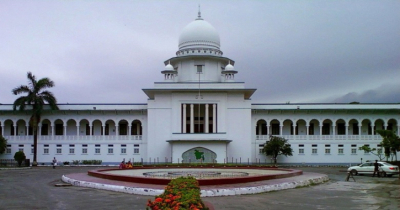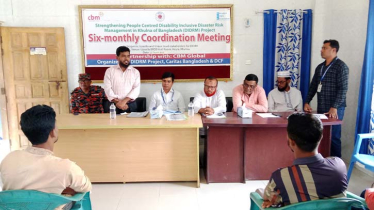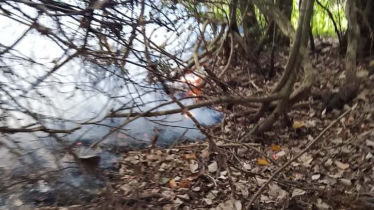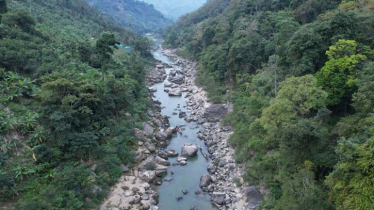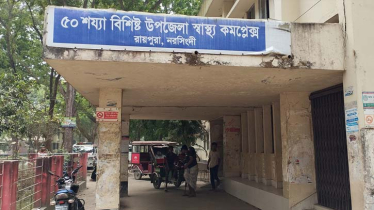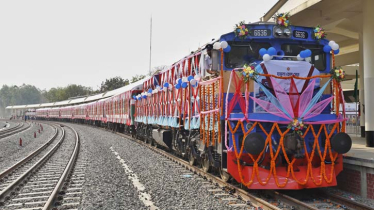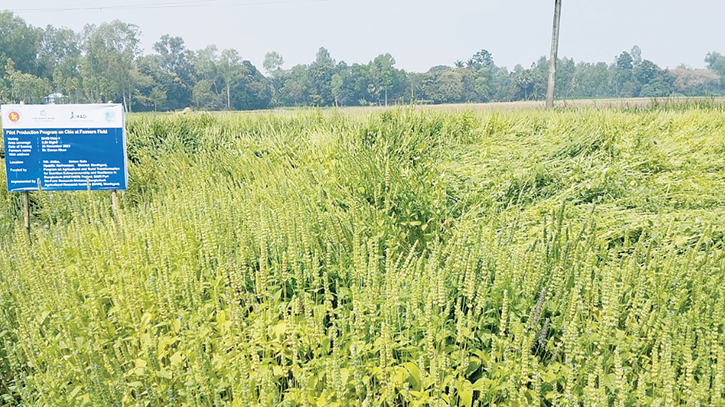
The cultivation of chia seeds, lauded as a superfood, has taken root in the Char region of Manikganj. Pioneering farmers have embarked on experimental chia seed cultivation, driven by the prospect of reaping high yields and fetching lucrative prices at minimal costs.
Fueled by the allure of low cultivation expenses and high market value, farmers are increasingly drawn to chia cultivation. Resembling small, mole-like grains in white and black hues, these seeds require 200 to 300 grams per bigha of land and boast a swift harvest period of 90 to 100 days, promising profits surpassing traditional crops.
Reports from the Harirampur Upazila Agricultural Department reveal the onset of chia seed cultivation as a cash crop on 8-10 bigha of land, marking a significant agricultural shift. Dr. Ghuni Gala village and Jhitka Uzanpara village showcase the innovative endeavors of professionals like Dr. Imran Khan and Md. Yunus Ali, who cultivate chia seeds as a passion alongside their roles as village doctors, with additional farmers from Goalbagh and Azimnagar areas joining the movement.
Upon visiting the chia seed fields in the Goalbag area, it is observed that chia seed plants closely resemble sesame plants, with fruits swaying in the wind resembling moles. Some trees have fallen to the ground due to the weight of the fruit and the wind.
According to sources from the Upazila Agriculture Office, four individuals have undertaken experimental cultivation of chia seeds on approximately three bigha of land across three unions in the upazila. Chia seeds bear a strong resemblance to sesame seeds and come in white, black, and brown varieties. Upon soaking in water before consumption, their volume expands up to 10 to 12 times. Harvesting of chia seeds is carried out from flowers once they turn brown, typically within three months of planting.
Dr. Imran Khan from Dr. Ghuni Gala village mentioned that after recognizing the qualities of chia seeds, they acquired seeds of the Bari Chia-1 variety from the Bangladesh Agricultural Research Institute in Manikganj and cultivated them on one bigha of land at an approximate cost of Tk 15 thousand. If the yield proves to be good, they intend to cater to personal needs and sell the surplus for profit. Additionally, they express aspirations to expand chia seed cultivation to 5/6 bigha of land in the future.
Md. Yunus Ali Dewan from Jhitka Uzanpara village shared that they cultivate chia seeds on 17 percent of their land alongside other crops by collecting seeds. The progress looks promising, and they anticipate a fruitful yield.
Touhiduzzaman Khan, the Upazila Agriculture Officer, highlighted that some marginal farmers have taken up chia seed cultivation on a small scale through private initiatives. The office has pledged full cooperation and support to these farmers. In the event of a successful yield, there are plans to encourage larger-scale chia seed cultivation among farmers in the future.
The Char area of Manikganj now stands as a beacon of progressive farming techniques, as farmers venture into uncharted territory with the promise of high returns and minimal investment. Driven by the allure of chia seeds' superfood status and their potential for substantial profits, these pioneering individuals are rewriting the agricultural narrative in their community. As fields once abundant with staple crops now host the promise of chia harvests, the landscape is evolving, ushering in a new era of sustainability and prosperity for local farmers.
Messenger/Fardin

